

ABU DHABI -- Chinese tourist operators and representatives from the United Arab Emirates (UAE)'s hospitality industry are brainstorming here Monday to find ways to lure more travelers from China to the Gulf state.
Some 75 Chinese outbound tourism bookers came to Abu Dhabi for an increased business at a two-day summit organized by Nicholas Publishing International (NPI) in partnership with the Shanghai- based i2i Group.
Rob Nicholas, managing director of NPI, said the summit is dedicated to building inbound Chinese visitor numbers by matching buyers to over 70 travel providers from throughout the region and further fields including hoteliers, attractions and retailers keen to tap into this lucrative market.
Nicholas said that with more than half of the delegation having less than three years' experience working with UAE suppliers, their appetite for new product is "extremely keen".
For Ann Rao, regional manager from Chinese tour operator Uulux, the summit marks her first trip to the UAE. "Interest in the UAE is definitely rising," said Rao.
Not only have the UAE's two major carriers Emirates Airline from Dubai and Etihad Airways from Abu Dhabi increased their flight network between China and the Gulf state, but also UAE hotels increasingly target Chinese tourists by establishing luxury shops and Chinese restaurants.
May Zhan, associate parent at Global Blue Chine which promotes German luxury brand Montblanc said she participated to study Chinese tourists shopping interests.
Camilla Jorgensen, NPI Media's project manager Chinese portfolio, said while Chinese travelers' thirst to discover foreign cultures is huge, they also appreciate Chinese-speaking staff and Chinese food at their holiday destinations.
According to the official Dubai tourism body DTCM, in 2012, visitor numbers from China to the UAE rose by 27.5 percent on the previous year, from 193,000 to 248,000.
While the figures for tourism numbers in the first half of 2013 are not yet available, early estimations show that there has been an approximate 15 percent increase in the first five months when compared to the same period of 2011, said DTCM.
 Models at Ford pavilion at Chengdu Motor Show
Models at Ford pavilion at Chengdu Motor Show
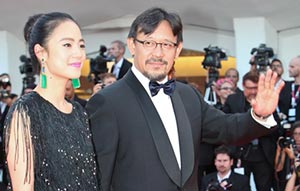 Brilliant future expected for Chinese cinema: interview
Brilliant future expected for Chinese cinema: interview
 Chang'an launches Eado XT at Chengdu Motor Show
Chang'an launches Eado XT at Chengdu Motor Show
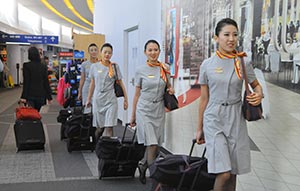 Hainan Airlines makes maiden flight to Chicago
Hainan Airlines makes maiden flight to Chicago
 Highlights of 2013 Chengdu Motor Show
Highlights of 2013 Chengdu Motor Show
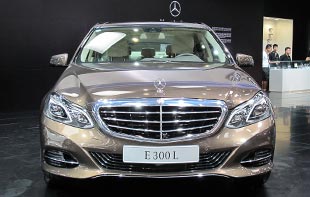 New Mercedes E-Class China debut at Chengdu Motor Show
New Mercedes E-Class China debut at Chengdu Motor Show
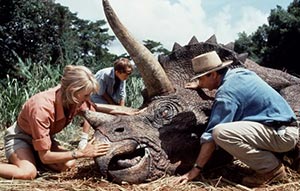 'Jurassic Park 3D' remains atop Chinese box office
'Jurassic Park 3D' remains atop Chinese box office
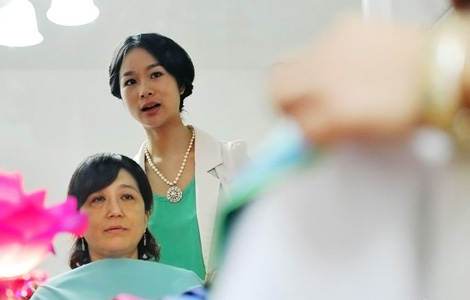 Beauty reveals secrets of fashion consultant
Beauty reveals secrets of fashion consultant